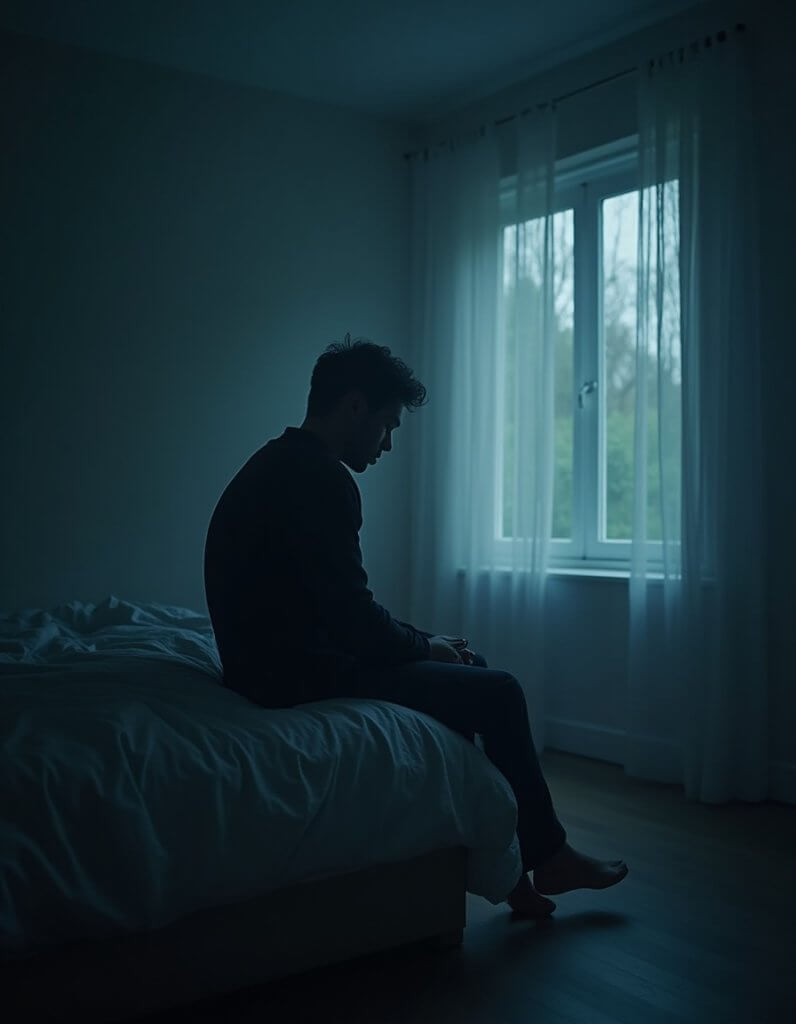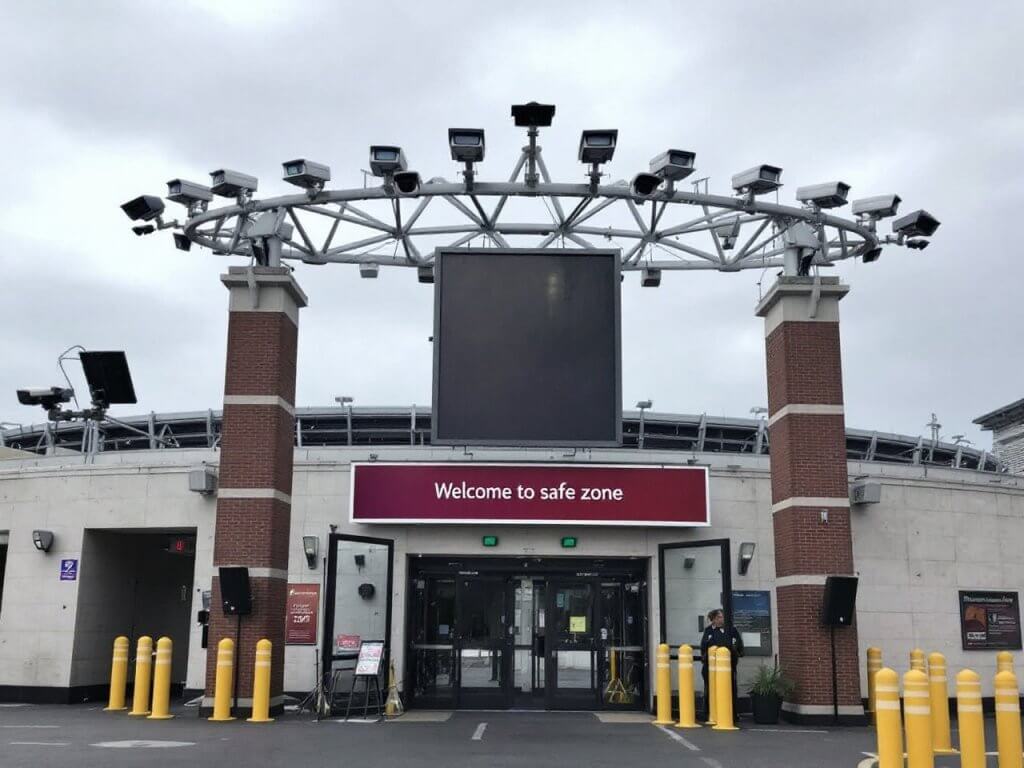Emotional abuse is a covert form of mistreatment that can erode anyone’s confidence and sense of reality. Unlike physical assault, this violence occurs in the mind, leaving no visible scars but inflicting deep wounds. It can happen in an emotionally abusive relationship, at home or work, and often goes unreported. Loved ones may dismiss subtle put‑downs or gaslighting as minor, but over time patterns of manipulation and control inflict lasting harm.
This article will explore what emotional abuse is, how it shows up, and why it matters. We’ll look at warning signs, the link between emotional and physical violence, and practical steps to protect yourself and others from an abusive situation. By shining a light on these hidden patterns, we hope to help survivors heal, rebuild trust, and reclaim their lives.
What is Emotional Abuse?
Emotional abuse is a pattern of tactics used to control, belittle, or isolate someone. It can include insults, threats, or mocking, all designed to undermine self‑esteem. In an emotionally abusive relationship, the abuser uses fear, loyalty, and guilt to maintain power. Over time, the victim may doubt their own perceptions and feel trapped. This form of violence doesn’t require fists or bruises to be real. Instead, it leaves lasting psychological trauma that can persist long after the relationship ends. Recognizing emotional abuse is the first step to breaking free and finding healing.
Emotional Abuse is more than just hurtful words
Many dismiss hurtful comments as “just words,” but persistent verbal cruelty can lead to anxiety, depression, and even post‑traumatic stress. When an abuser attempts to frighten a partner with threats of abandonment or isolation, the emotional impact can be profound. These attempts to frighten may not involve physical violence, yet the fear they sow is very real. Victims often describe a sense of walking on eggshells, never knowing when the next criticism will strike. This constant tension erodes self‑trust and clouds judgment, making it hard to seek help or exit the relationship.
Signs and Symptoms of Emotional Abuse
Signs of emotional abuse can be subtle. Common red flags include:
- Persistent criticism or name‑calling
- Gaslighting: denying events or conversations to distort reality
- Isolation from loved ones or activities
- Blame‑shifting when conflicts arise
- Monitoring communications or finances
Victims may experience mood swings, loss of confidence, and difficulty concentrating. While these symptoms vary, they all point to an abusive environment that damages mental health. If you notice these patterns in a friendship, family bond, or partnership, take them seriously. This isn’t just a tough season—it’s emotional abuse.
The Impact of Emotional Abuse on Loved Ones
Emotional abuse rarely stays confined to the couple. Children, siblings, and friends can become collateral damage. Witnessing constant put‑downs or controlling behavior teaches them that this violence is acceptable. Loved ones may internalize guilt or shame, fearing they’ll be next. Over time, these patterns can repeat across generations, fueling a cycle of harm. Breaking free not only restores your own well‑being but protects those you care about most. By speaking up, you challenge the notion that silence equals safety.
Why Emotional Abuse is a Form of Violence
Violence isn’t only physical. Emotional abuse wields power through fear, shame, and isolation. It attacks the mind rather than the body, but the wounds are just as real. Survivors often report nightmares, panic attacks, and a chronic sense of danger. Legal systems are gradually recognizing this truth: persistent mental harm should carry weight alongside physical assault. Labeling emotional turmoil as violence helps validate survivors’ experiences and can open doors to support and justice.
How Emotional Abuse and Physical Violence Can Intersect
While emotional abuse can stand alone, it sometimes paves the way for physical harm. Threats may escalate until they involve physical violence. In some cases, controlling words prepare the victim for blows or confinement. Recognizing emotional control tactics early can prevent dire outcomes. If you see patterns that involve physical intimidation or coercion, seek help immediately. You deserve a safe life, free from both verbal and corporal harm.
Healing from an Abusive Situation
Recovering from emotional abuse takes time and support. Steps toward healing include:
- Acknowledgment – Admit the harm isn’t your fault.
- Safe Space – Lean on trusted loved ones or professional counselors.
- Boundaries – Learn to say no and enforce limits.
- Self‑Compassion – Practice positive self‑talk and affirmations.
- Education – Read resources on trauma and resilience.
Each journey is unique. Some find refuge in support groups, others in creative outlets. Whatever path you choose, remember that you deserve respect, kindness, and peace.
Preventing and Addressing Emotional Abuse in Relationships
Prevention begins with awareness. Healthy relationships are built on trust, communication, and mutual respect. If you hear yourself or others excusing controlling remarks or isolation, speak up. Encourage open dialogue about feelings, not just achievements. When entering a new relationship, notice if red flags emerge quickly or patterns repeat. Training programs and workshops can help partners learn nonviolent communication. Communities and workplaces should adopt zero‑tolerance policies for any form of mistreatment. By naming emotional abuse, we strip it of power and invite accountability.
Conclusion
Emotional abuse thrives in silence and secrecy. By learning to spot the signs and understanding its impact, we can break cycles of harm. Whether you’ve experienced this violence firsthand or support someone who has, remember: healing is possible. Reach out to loved ones, mental‑health professionals, or support networks. With awareness and action, we can replace fear with empathy and create relationships grounded in genuine care and respect.













